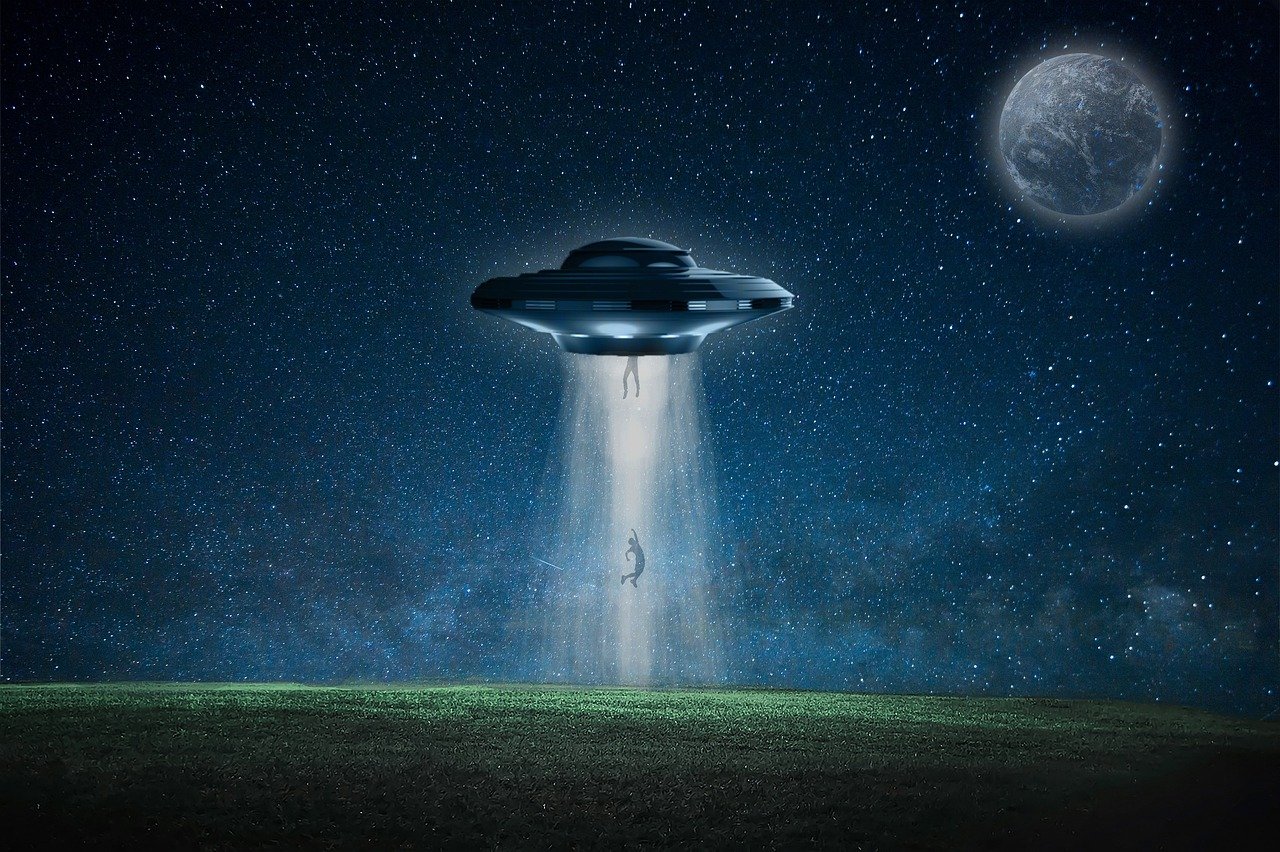👽 Is extraterrestrial life possible?
Absolutely — and most scientists think it’s likely.
- The universe is massive: over 200 billion galaxies, each with billions of stars and probably trillions of planets.
- We’ve already found thousands of exoplanets — some Earth-like, some with atmospheres that could support life.
- Simple microbes might exist under the ice of Europa or Enceladus, or in the methane lakes of Titan.
So the odds that life exists somewhere else are very high. The odds that it’s intelligent life — civilizations capable of radio or space travel — are smaller, but still possible.
🛸 But an invasion of Earth?
That’s where it turns from possible to extremely unlikely.
Here’s why:
- The distances are enormous. Even at light speed, it would take years or centuries to reach us. And nothing we know of can go that fast.
- No signs of alien tech. We’ve seen no spacecraft, no radio signals, and no artificial megastructures.
- No motivation makes sense. If a civilization can cross interstellar space, it doesn’t need Earth’s water, metals, or land — they could get all that from uninhabited planets and asteroids.
- No credible evidence. Every “UFO invasion” claim so far has fallen apart under investigation — radar errors, classified aircraft, hoaxes, or misinterpretations.
🌌 So what’s realistic?
- Life out there? Very likely.
- Contact someday? Maybe, but not soon.
- Invasion or takeover? No evidence, and almost zero probability.
If anything, advanced civilizations — if they exist — might be avoiding us (the “zoo hypothesis”), or they just haven’t noticed us yet. The universe is probably full of life — but there’s no sign anyone’s coming to invade. The only aliens we’ve found so far are the ones in our movies. 🎬👾


